What Is a Qualified Appraiser?–IRS Definition
The excerpt below was cut verbatim from the IRS site. The whole source is available on Publication 561.
Qualified appraiser.
A qualified appraiser is an individual with verifiable education and experience in valuing the type of property for which the appraisal is performed.
1. The individual:
- a. Has earned an appraisal designation from a generally recognized professional appraiser organization, for the type of property being valued; or
- b. Has met certain minimum education requirements and 2 or more years of experience in valuing the type of property being valued. To meet the minimum education requirement the individual must have successfully completed professional or college-level coursework obtained from:
- i. A professional or college-level educational organization,
ii. A professional trade or appraiser organization that regularly offers educational programs in valuing the type of property, or
iii. An employer as part of an employee apprenticeship or education program similar to professional or college-level courses.
2. The individual regularly prepares appraisals for which they are paid.
3. The individual is not an excluded individual (defined later).
In addition, the appraiser must make a declaration in the appraisal that, because of their background, experience, education, and membership in professional associations, they are qualified to make appraisals of the type of property being valued. The appraiser must complete the Declaration of Appraiser section on Form 8283, Section B. More than one appraiser may appraise the property, provided that each complies with the requirements, including signing the qualified appraisal and the Declaration of Appraiser section on Form 8283, Section B.
Excluded individuals.
The following individuals cannot be qualified appraisers for the donated property.
1. The donor of the property or the taxpayer who claims the deduction.
2. The donee of the property.
3. A party to the transaction in which the donor acquired the property being appraised, unless the property is donated within 2 months of the date of acquisition and its appraised value is not more than its acquisition price. This applies to the person who sold, exchanged, or gave the property to the donor, or any person who acted as an agent for the transferor or donor in the transaction.
4. Any person employed by any of the above persons. For example, if the donor acquired a painting from an art dealer, neither the dealer nor persons employed by the dealer can be qualified appraisers for that painting.
5. Any person related under section 267(b) of the Internal Revenue Code to any of the above persons or married to a person related under section 267(b) to any of the above persons.
6. An appraiser who appraises regularly for a person in (1), (2), or (3), and who does not perform a majority of their appraisals made during their tax year for other persons.
7. An individual who receives a prohibited appraisal fee for the appraisal of the donated property. See Prohibited appraisal fee, earlier.
8. An individual who is prohibited from practicing before the IRS under section 330(c) of title 31 of the United States Code at any time during the 3 year period ending on the date the appraisal is signed by the individual.
In addition, an individual is not a qualified appraiser for a particular donation if the donor had knowledge of facts that would cause a reasonable person to expect the appraiser to falsely overstate the value of the donated property. For example, if the donor and the appraiser make an agreement concerning the amount at which the property will be valued, and the donor knows that amount is more than the FMV of the property, the appraiser is not a qualified appraiser for the donation.
Appraiser penalties.
An appraiser who prepares an incorrect appraisal may have to pay a penalty if:
1. The appraiser knows or reasonably should have known the appraisal would be used in connection with a return or claim for refund,; and
2. The appraisal resulted in:
- a. A substantial valuation misstatement,
b. A substantial estate or gift valuation understatement, or
c. A gross valuation misstatement.
The penalty imposed on the appraiser is the smaller of:
1. The greater of:
- a. 10% of the underpayment due to the misstatement, or
b. $1,000; or
2. 125% of the gross income received for the appraisal.
No penalty is imposed if the appraiser can establish that the appraisal’s value is more likely than not correct.
In addition, any appraiser who falsely or fraudulently overstates the value of property described in a qualified appraisal of a Form 8283 that the appraiser has signed may be subject to a civil penalty for aiding and abetting as understatement of tax liability, and may have their appraisal disregarded.
To order qualified appraisal from a qualified appraiser in the DMV, go to www.appraisalsguaranteed.com
Recent posts
Featured articles
Sorry, we couldn't find any posts. Please try a different search.

